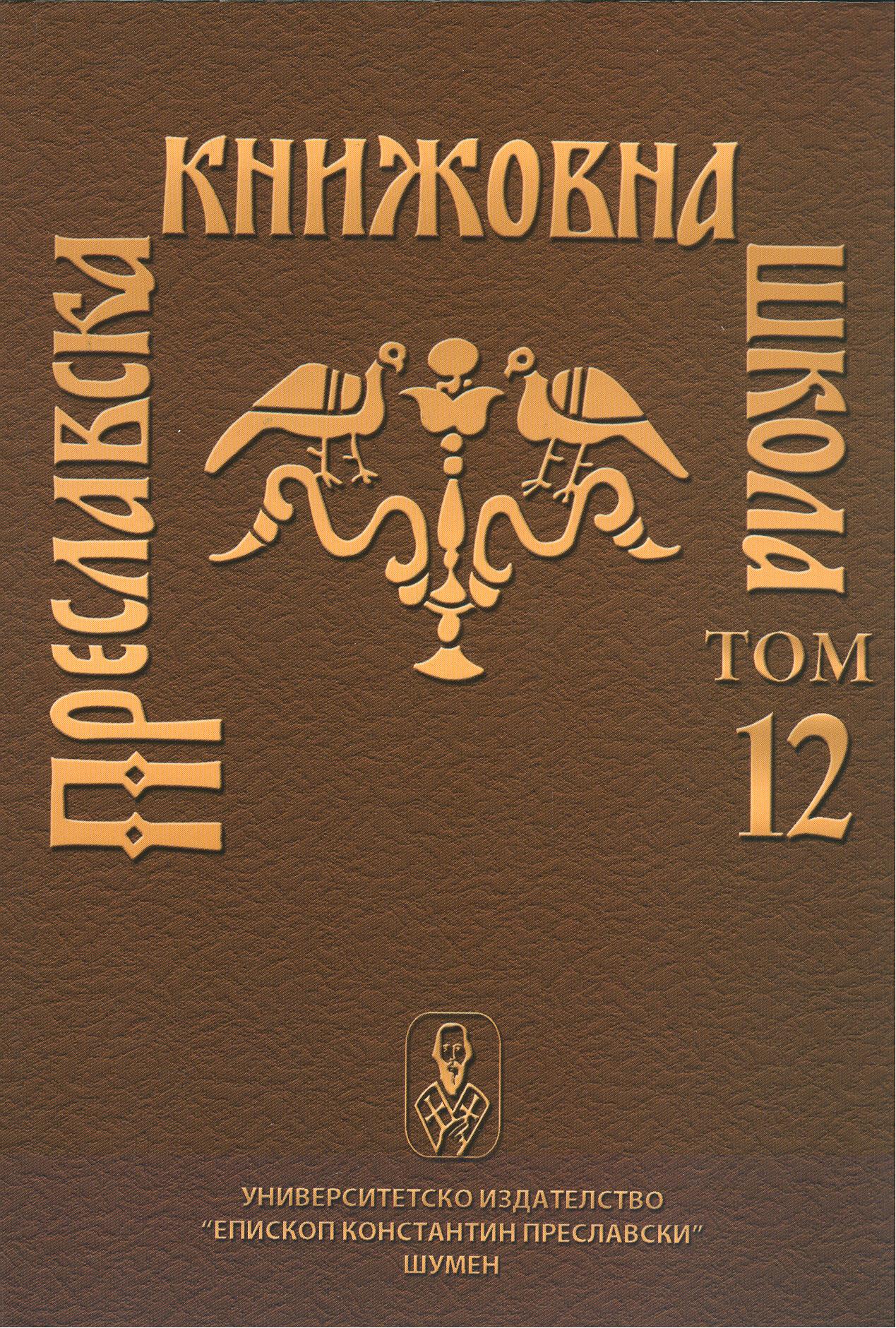ДРЕВНЕБОЛГАРСКИЙ ПЕРЕВОД ХРОНИКИ ГЕОРГИЯ АМАРТОЛА И ХРОНОГРАФ ПО ВЕЛИКОМУ ИЗЛОЖЕНИЮ
THE OLD BULGARIAN TRANSLATION OF GEORGE HAMARTOLOS’ CHRONICON AND CHRONOGRAPH PO VELIKOMU IZLOZHENIJU
Author(s): Rostislav StankovSubject(s): Language studies, Language and Literature Studies, Eastern Slavic Languages, Philology
Published by: Шуменски университет »Епископ Константин Преславски«
Keywords: Chronograph po Velikomu Izlozheniju; George Hamartolos’ Chronicon
Summary/Abstract: Studying different versions of the Palaea Interpretata V. M. Istrin initiates in the scholarly tradition text named by anonymous copyist Chronograph po Velikomu Izlozheniju. Later Istrin put this Chronograph in the stemma of the early Slavonic translation of George Hamartolos’ Chronicon. But there are many discrepancies in Istrin’s attempts to put together things with identification and reconstruction of the Chronograph po Velikomu Izlozheniju. The Chronograph was firstly identified by Istrin with some version (which could not be the Second one) of compilation called Ellinskij Letopisec, and then the scholar claims that the Chronograph is consisted of extracts of George Hamartolos’ Chronicon, and then it appeared that the Second version of Ellinskij Letopisec is among the texts to be used for the reconstrucion of the Chronograph po Velikomu Izlozheniju, etc., etc. Istrin’s method and conclusions can not be considered reliable. Next author that concentrates his attention on the Chronograph po Velikomu Izlozheniju is O. V. Tvorogov. Tvorogov’s studies abound with gratuitous suggestions. As a result the Chronograph po Velikomu Izlozheniju became a tricephalous monster. Recently T. V. Anisimova announced that text found in the 1691 Oldbeliever (Staroobrjadcheskij) miscellanea Brashno Dukhovnoe could be identified with Chronograph po Velikomu Izlozheniju. Neither edition of the text, nor Anisimova’s conclusions are convincing. Possibly the tradition of compiling chronographical miscellanea came into being in Bulgaria in 10th c., but the name Chronograph in itself was fixed on these compilations later in 14th or 15th c. Yet there are no convincing evidence that text or miscellanea named Chronograph po Velikomu Izlozheniju has ever existed.
Journal: Преславска книжовна школа
- Issue Year: 2012
- Issue No: 12
- Page Range: 191-209
- Page Count: 19
- Language: Russian

